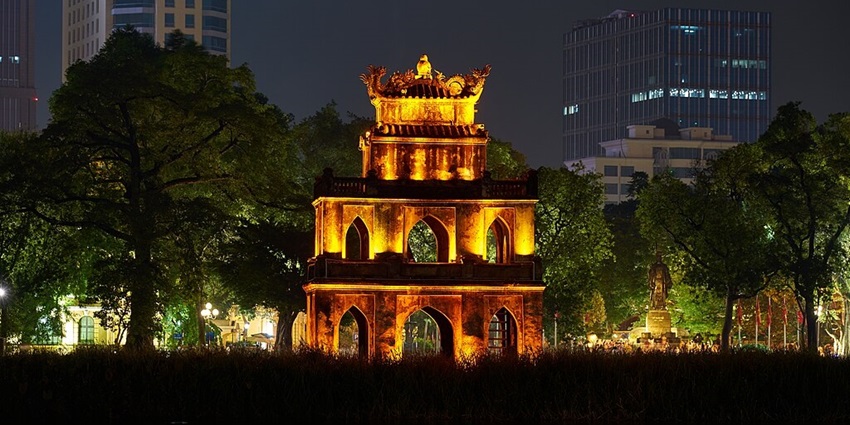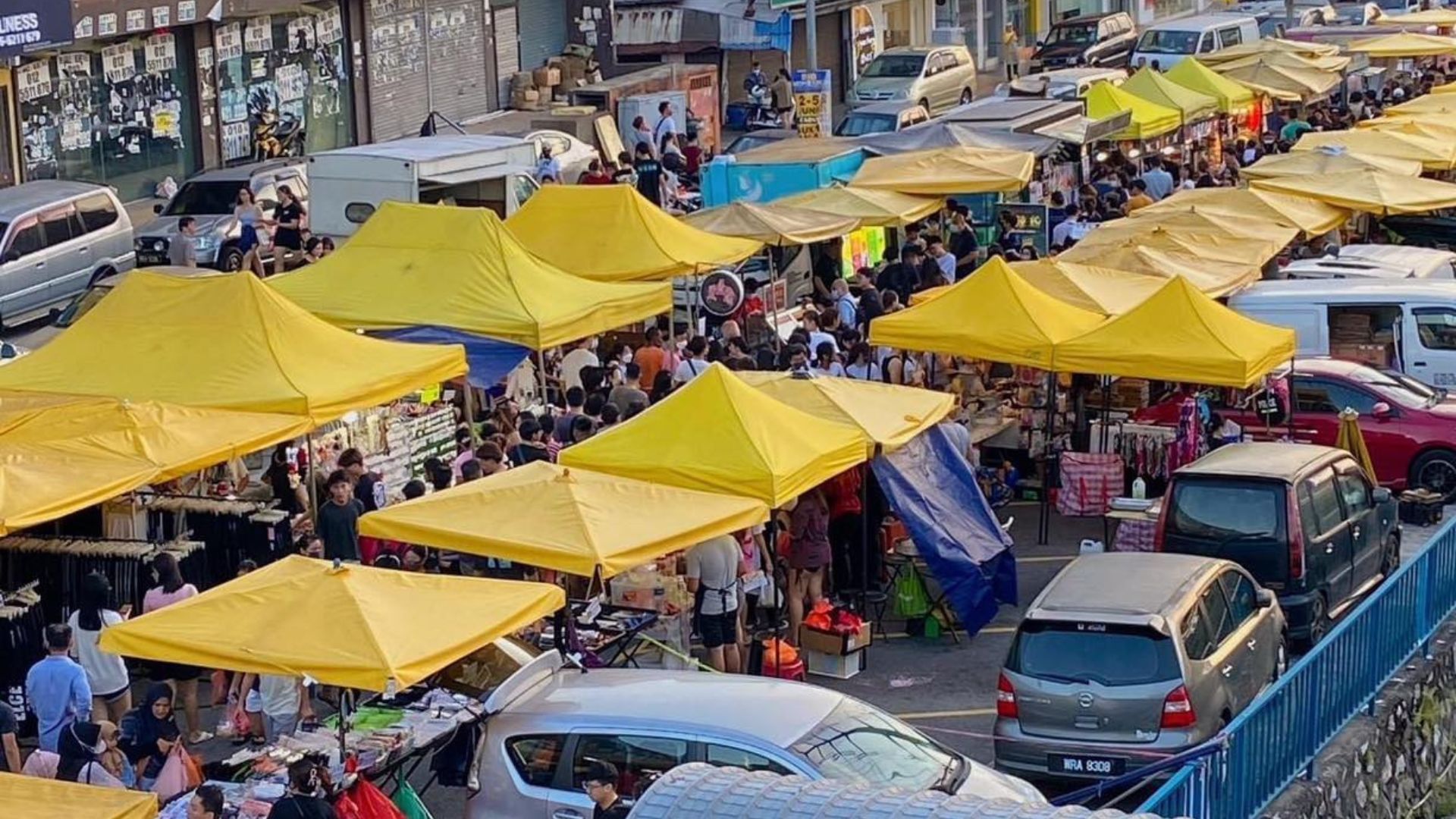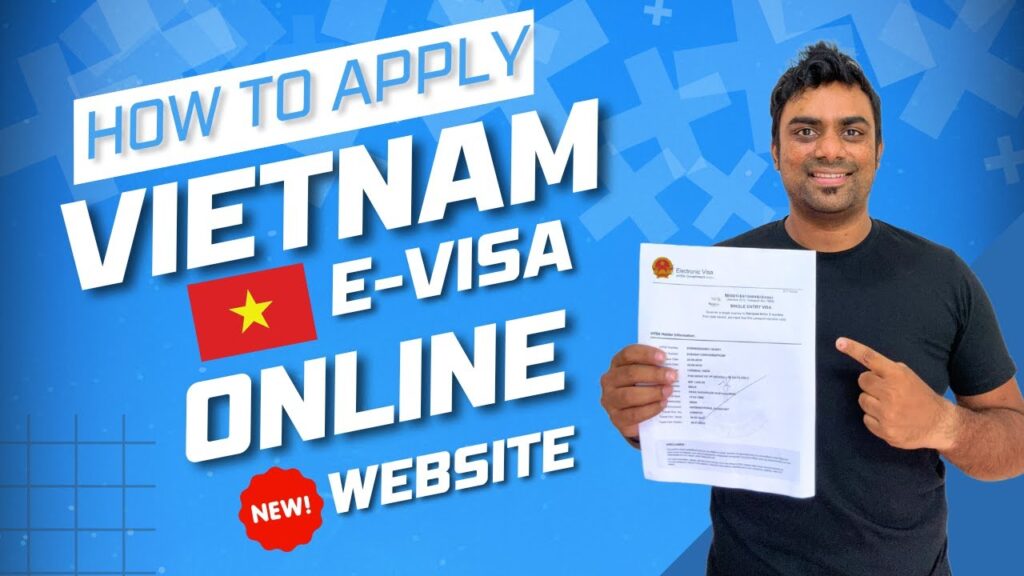Vietnam’s night markets are a sensory extravaganza, offering Indian tourists a unique blend of cultural immersion, culinary delights, and vibrant shopping experiences. From the lantern-lit alleys of Hoi An to the seafood feasts of Phu Quoc, these markets are a must-visit for anyone looking to explore Vietnam beyond its daytime attractions. This A Complete Guide to Vietnam’s Night Markets for Indian Tourists will help you navigate the best markets, savor local flavors, and shop like a pro—all while staying safe and respecting local customs.
Introduction: Discovering Vietnam’s Night Market Culture as an Indian Tourist

Vietnam’s night markets are more than just shopping hubs—they are cultural microcosms where food, fashion, and festivity collide. For Indian travelers, these markets offer a fascinating contrast to India’s own bustling bazaars, with similarities in bargaining culture but distinct flavors and crafts. Whether you’re a foodie, a shopaholic, or a culture enthusiast, Vietnam’s night markets promise unforgettable memories.
The Allure of Vietnamese Night Markets
Vietnamese night markets are a feast for the senses. The aroma of sizzling street food, the kaleidoscope of handmade crafts, and the rhythmic hum of bargaining create an atmosphere that’s both chaotic and charming. Unlike India’s markets, which often operate all day, Vietnam’s night markets come alive after sunset, offering a cooler, more relaxed way to explore local life.
For Indian tourists, the familiarity of haggling and street food makes these markets feel welcoming. However, the flavors—like fish sauce-infused dishes or coconut-based desserts—offer a delightful departure from the spices of home. The markets also serve as social hubs, where locals and tourists mingle over shared meals and live music.
Why Indian Tourists Shouldn’t Miss Them
Indian travelers will find Vietnam’s night markets particularly rewarding. The affordability of street food (often under $2 per dish) and souvenirs (like silk scarves or lacquerware) makes them budget-friendly. Plus, many vendors are accustomed to international visitors, so communication barriers are minimal.
The markets also provide a glimpse into Vietnam’s regional diversity. Hanoi’s markets are more traditional, while Ho Chi Minh City’s are cosmopolitan. Hoi An’s lantern-lit stalls feel like a fairy tale, and Phu Quoc’s seafood spreads are a paradise for pescatarians. Each market tells a different story, making them essential stops on any Vietnam itinerary.
Timing Your Visit for the Best Experience
Most night markets open around 5 PM and wind down by 11 PM, with weekends being the liveliest. Arrive early to avoid crowds or late to soak in the nighttime buzz. Monsoon season (May–October) can dampen the experience, so check weather forecasts. Indian tourists should note that Tet (Vietnamese New Year) can disrupt market schedules, as many vendors return to their hometowns.
Essential Planning: Visa Requirements, Currency Exchange, and Transportation Tips for Indian Travelers

A smooth trip to Vietnam’s night markets starts with smart planning. From visas to local transport, here’s what Indian tourists need to know before diving into the market chaos.
Visa and Entry Requirements for Indians
Vietnam offers e-visas for Indians, valid for 30 days and obtainable online. Processing takes 3–5 days, so apply early. Alternatively, visa-on-arrival is available but requires a pre-approval letter from a Vietnamese agency. Keep printed copies of your visa and passport handy—some hotels and markets may ask for ID.
Currency Exchange and Payment Methods
The Vietnamese Dong (VND) is the local currency, with 1 INR ≈ 300 VND. Exchange money at airports, banks, or authorized counters—avoid street vendors offering “better rates.” While cards are accepted in malls, night markets are cash-only. Carry small denominations (10,000–50,000 VND notes) for easier transactions.
ATMs are widespread but charge withdrawal fees (~3%). Notify your Indian bank about international travel to avoid card blocks. For large purchases (like tailored clothing), negotiate in VND, as USD conversions may be less favorable.
Getting Around: Transport Tips for Night Market Hopping
Vietnam’s cities have diverse transport options:
- Grab (Asia’s Uber): Affordable and safe for late-night rides. Download the app before arrival.
- Cyclos and Xe Om: Traditional cycle rickshaws and motorbike taxis. Agree on fares upfront to avoid overcharging.
- Public Buses: Cheap but confusing for non-Vietnamese speakers. Best for daytime travel.
For Indian tourists, Grab is the most reliable option post-sunset. Markets like Ben Thanh (Ho Chi Minh City) are in crowded areas, so walking is feasible but keep an eye on belongings.
Connectivity: Staying Online in Vietnam
Purchase a local SIM (Viettel or Vinaphone) at airports for cheap data (~200 INR for 30 days). Free Wi-Fi is spotty in markets, so a SIM ensures access to maps and translation apps. Google Translate’s Vietnamese feature is handy for deciphering menus and bargaining.
Top Night Markets to Explore: A Curated List for Indian Tourists

Vietnam’s night markets cater to every traveler’s taste. Here’s a handpicked selection for Indian tourists, balancing food, shopping, and cultural charm.
Hanoi Night Market – A Shopper’s Paradise
Hanoi’s weekend night market on Hang Dao Street is a whirlwind of silk scarves, quirky souvenirs, and steaming street food. Indian tourists will love the textile stalls offering ao dai (traditional dresses) at bargain prices.
The food section is a highlight, with bun cha (grilled pork noodles) and pho ga (chicken noodle soup) being must-tries. Vegetarians can opt for banh mi chay (vegan baguettes) or fresh spring rolls. Arrive by 7 PM to snag the best deals before crowds peak.
Hoi An Night Market – Lanterns and Tailors
Hoi An’s night market is a visual delight, with hundreds of silk lanterns casting a golden glow over the Thu Bon River. Indian shoppers can commission custom-tailored outfits (like suits or dresses) within 24 hours at unbeatable prices (~800 INR for a shirt).
Food stalls serve cao lau (pork noodles with crispy wontons) and white rose dumplings. The market’s relaxed vibe makes it ideal for families. Don’t miss the lantern-making workshops—a fun, hands-on activity for kids.
Ben Thanh Night Market – Ho Chi Minh City’s Icon
Ben Thanh transforms at night, with stalls spilling onto the streets. Indian foodies will appreciate the variety—from banh xeo (crispy pancakes) to sugarcane juice. Bargain hard for lacquerware and coffee beans; vendors often inflate prices for tourists.
The market is also a great place to try exotic fruits like durian or mangosteen. Stay alert for pickpockets in the crowded aisles.
Food Adventures: Must-Try Vietnamese Cuisine in Night Markets Tailored to the Indian Palate
Vietnamese street food is a revelation for Indian taste buds. Here’s how to navigate the flavors safely and deliciously.
Dishes with Familiar Spices
Many Vietnamese dishes use cilantro, lemongrass, and chili—ingredients familiar to Indians. Pho (noodle soup) can be customized with lime and chili, while bun bo Hue (spicy beef noodle soup) packs a peppery punch.
Vegetarians should seek out com chay (vegetarian rice) or fried tofu with ginger sauce. Stalls near Hindu temples (like in Ho Chi Minh City) often serve purely vegetarian options.
Seafood Delights for Coastal Foodies
Phu Quoc’s Dinh Cau Night Market is a seafood haven. Grilled squid, tamarind crab, and garlic butter clams are local favorites. Indians who enjoy coastal cuisine (like Goan or Bengali) will relish these flavors.
Always choose stalls with high turnover to ensure freshness. Avoid raw seafood if you’re sensitive to new bacteria.
Sweet Endings: Vietnamese Desserts
End your market crawl with che (sweet pudding) or banh flan (caramel custard). Coconut lovers must try kem dua (coconut ice cream). These lighter desserts contrast nicely with India’s syrup-heavy sweets.
Shopping Guide: Bargaining Tips and Souvenir Ideas for Indian Shoppers at Vietnamese Night Markets
Mastering the Art of Bargaining
Start by offering 50% of the quoted price and settle at 60–70%. Smile and walk away if vendors refuse—they’ll often call you back with a better deal. Learn basic Vietnamese numbers (mot, hai, ba) for smoother haggling.
Best Souvenirs to Bring Home
- Silk Products: Scarves or ties from Hoi An.
- Coffee and Tea: Trung Nguyen coffee or lotus tea.
- Handicrafts: Lacquerware or ceramic bowls.
Avoid counterfeit electronics or branded knockoffs—they’re often low quality.
Safety and Etiquette: Navigating Vietnam’s Night Markets with Respect and Awareness
Staying Safe in Crowds
Keep wallets in front pockets and bags zipped. Avoid flashing expensive jewelry or cameras. Stick to well-lit areas and travel in groups post-midnight.
Cultural Do’s and Don’ts
- Do: Smile and greet vendors with “Xin chào” (Hello).
- Don’t: Touch items without asking. Point with your whole hand, not a finger.
Conclusion
Vietnam’s night markets are a treasure trove of experiences for Indian tourists—offering delectable food, unique shopping, and cultural exchanges. With this A Complete Guide to Vietnam’s Night Markets for Indian Tourists, you’re ready to explore these vibrant hubs like a local. Pack your appetite, hone your bargaining skills, and dive into the magic of Vietnam after dark!
`



